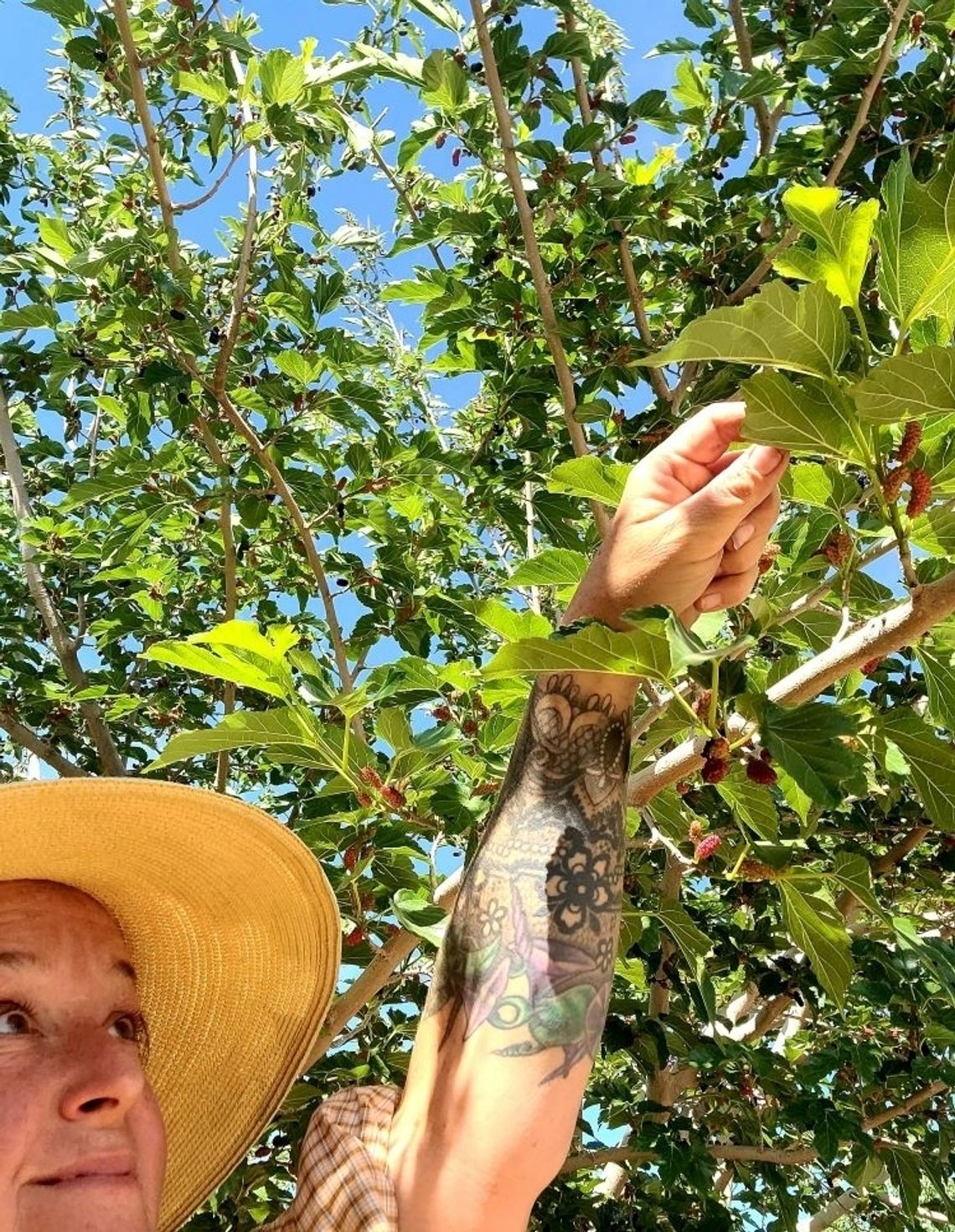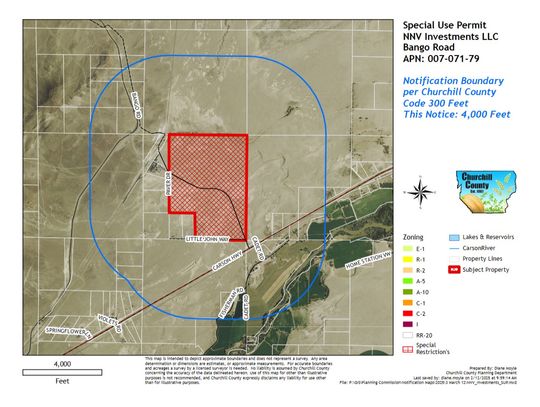A friendly woman came into the nursery one day looking for a tree that didn’t shed, you didn’t have to water much, fertilize or prune. I replied that we had some beautiful plastic trees in the gift shop she might like to look at. Side note, thanks to my boss Susan Henderson for not firing me! The point of this story isn’t to point out what a pain I can be, rather to encourage folks to be more accepting of what trees do and what they need to grow here in Fallon.
Trees shed - it is a part of their life cycle. Even evergreens exhibit needle drop. Despite many benefits, I regularly hear mulberries being vilified for a number of reasons. Number one is usually their berry drop. Here in the Unites States, the Morus genus has three main species that are prevalent. Red mulberry, Morus rubra is native to the United States. White mulberry, Morus alba, is native to Asia where they are used for medicinal benefits and as food for silkworms. Alba actually was introduced to the US in the 1600s to start up a not so successful silkworm sericulture industry. We also have Morus nigra (quick Latin quiz), the black mulberry that is originally native to the Middle East. Mulberries hybridize readily by wind pollination, making it difficult to distinguish which mulberry you have. Leaf shape or berry color are not definite identifiers here. Birds are largely responsible for distribution. If you find a tree with fruit that you like the flavor of, try potting one up.
Mulberries are a large leaved, quick growing, shade tree that are suited to Fallon. They are tolerant of our difficult environment, alkaline soils and produce fruit practically every year. Additionally, mulberries are an excellent source of firewood that burns hot and long, having a BTU of 25.8, markedly higher than some oak species. If you aren’t using them for firewood, they are long lived. A white mulberry planted by George Washington is still flourishing at Mt Vernon. If you are a permaculture kind of gardener, a mulberry will tolerate some shade, making them a good candidate to include in a home food forest. In my experience, treating a mulberry like any other fruit tree in your yard - regular water, pruning and fertilizer will yield tastier fruit and a healthier tree. I should mention that the fruit is very perishable and should be consumed or preserved quickly (within a day or two after harvest for best results).
Besides being silkworm food, mulberry biomass is fed to livestock. Young bark is made into an artistic paper. A box of mulberry leaf tea will run you about $5, a bag of dried mulberry fruit around $15. Mulberry leaves can even be used to make a yellow dye that reminds me of the golden hue the leaves turn in the fall. They also are a larval host to the mourning cloak butterfly. We see them here around mid-July. The trees had great value to Native Americans as well, used medicinally and even for making coats out of the bark of young shoots.
To address the mess, if you get the “right tree” the birds will do most of the clearing. I have been racing robins, finches and meadowlarks in harvesting. The berries that do drop add some good organic matter to our soil. Every year I cover them with a light layer of compost and they decompose quickly. Alternately, you could rake them and add to a compost pile. Another common complaint, is the purple droppings the berry happy birds leave behind. You probably should not plant a mulberry near concrete walkways or over any place vehicles are parked if this would bother you. Another slight negative is the tender large leaves tend to be damaged by our late frosts in the spring. However, they leaf back out fairly quickly. It should also be noted that seedlings do pop up around our gardens. We dig them up when we find them, several every year, pot them up and gift them to other oddballs like us. Our farm mulberries came undoubtedly via bird, from a former neighbor a few houses down. Mrs. Dennis had a giant tree she loved and I think of her whenever I take a break from the heat and sit under ours. There is further nostalgic value to me as well. As a kid in Michigan, I spent many hours in a giant mulberry tree eating thumb sized berries and laughing with friends at our purple stained fingers. A sort of summer rite of passage for country kids, I think. Except my childhood friend, Susie Appleyard (her actual name), fell out and broke her arm one year. Years later she is not a mulberry fan.
If you’re still unconvinced, a fruitless version is available at most of our local nurseries. There is also a weeping form, if you’re looking to add some interest to your garden. Plan for the space though because they get large.
I’m lucky to have a few “makers” in my life. You know, the ones you can text and say, “hey would you like a giant bag of mulberries?” Kelli Mae Kelly is one of those people. With her chef background she always manages some wonderful kitchen witchery. I always look forward to what she crafts up.
Jaime Sammons carries a pair of pruners in her glove box – just in case, and believes you can be a gardener even with a single planted container on your porch.









Comment
Comments